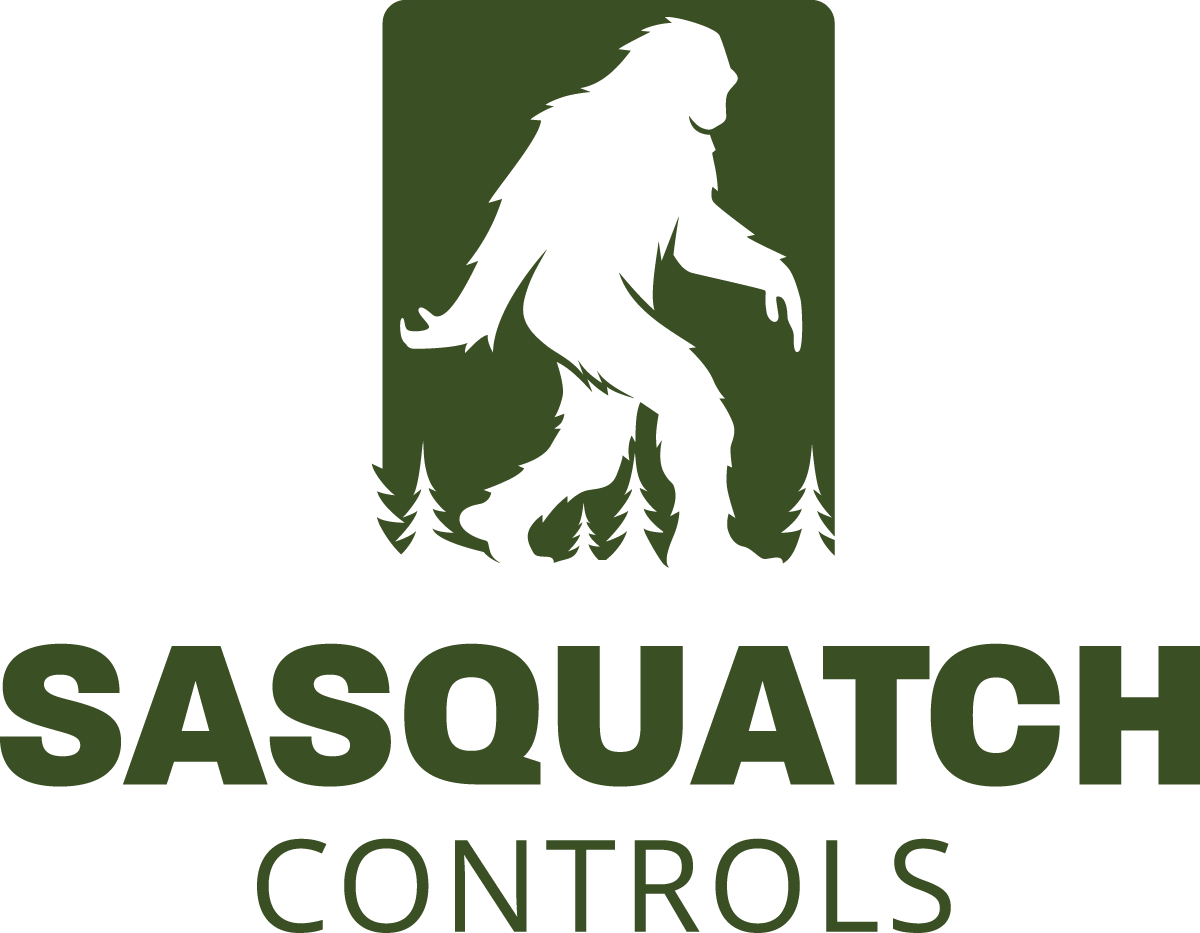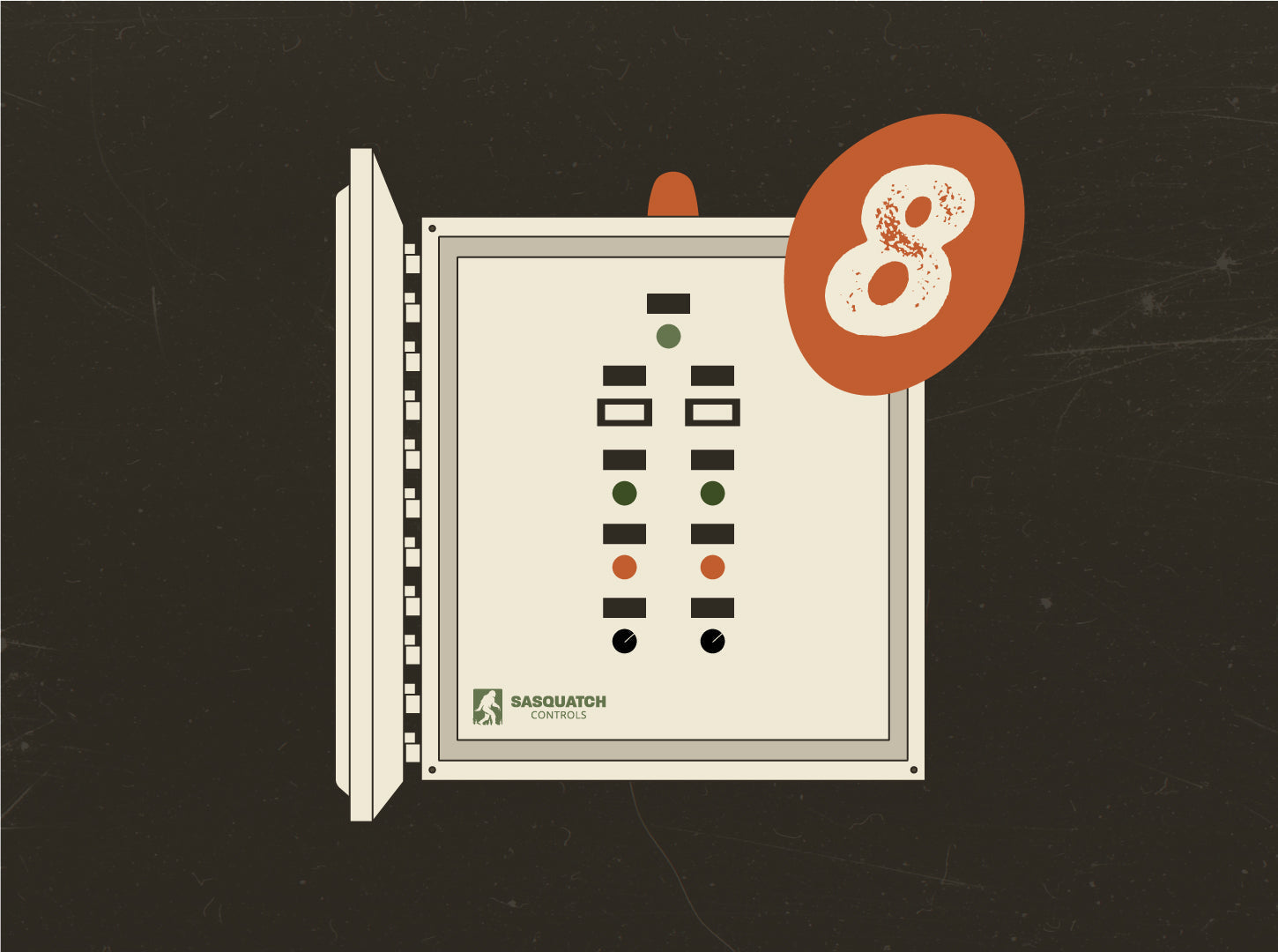By Clyde A. Sasquatch
Last updated February 7, 2025
Top 8 Signs Your Pump Control Panel Needs Maintenance
Greetings, fellow pump enthusiasts! My name is Clyde, and yes, I'm a Sasquatch. While you might assume that I spend my days wandering the woods or hiding from blurry cameras, I actually have a real knack for pump control panels. Living outdoors, I’ve come to appreciate the importance of a well-maintained water system. After all, even a Sasquatch needs running water — no one likes a soggy patch of moss in the middle of nowhere. So, let me guide you through the top signs your pump control panel needs maintenance — because nothing ruins a peaceful wilderness retreat like low water pressure when you're filling your favorite hollowed-out tree trunk with more water!
1. Unusual Noises or Vibrations from the Control Panel
One of the most obvious signs that your pump control panel requires attention is the presence of unusual noises or vibrations. These can include buzzing, humming, or even rattling sounds coming from the panel itself. These noises typically indicate that something inside is loose, misaligned, or wearing out.
Causes:
- Loose Wiring: Over time, vibrations from the pump itself or regular use can cause wiring to loosen within the control panel.
- Failing Components: Electrical components such as relays or contactors may be on the verge of failure, causing unusual noises; They may be breaking down, stuck or have the incorrect voltage applied.
- Vibration from the Pump System: When the pump is not correctly aligned or has a mechanical issue, it can transfer vibrations to the control panel, signaling the need for mechanical as well as electrical maintenance.
Actions to Take:
Have an experienced technician inspect the panel immediately. This could be a simple fix, like tightening loose connections, or it might require a replacement of a component. Ignoring this can lead to more significant system failures.

2. Frequently Tripping of Circuit Breakers
Another key indicator that your pump control panel needs maintenance is if the breakers inside the panel trip more often than usual. Circuit breakers are designed to protect the electrical system from overloading, but if they are frequently tripping, there’s likely a deeper issue at play.
Causes:
- Electrical Overload: The pump may be drawing more current than the system can handle, which can indicate motor issues or increased demand. This may indicate that you need a pump replacement.
- Short Circuits: There could be a short circuit somewhere in the panel or connected wiring, which can be dangerous if left unattended.
- Component Failure: A failing relay, transformer, or other control component could cause an imbalance in the system, leading to tripped breakers. It can also be an indicator that the circuit breaker or motor protectors is failing.
- Component/Overload Specs: The voltage and/or amp rating can be incorrectly sized.
Actions to Take:
A thorough electrical inspection should be conducted to identify the root cause. This may involve testing the panel's components and ensuring that the system is properly sized for the load it is handling. Upgrading certain elements may also be necessary.

3. Erratic Pump Performance
The pump itself often provides the clearest sign of control panel issues. If your pump's performance becomes erratic, such as fluctuating flow rates, inconsistent pressure, or intermittent operation, the control panel could be the culprit.
Causes:
- Sensor Malfunction: Many pump control panels rely on sensors to provide feedback about pressure, flow, or level. A malfunctioning sensor can cause erratic operation.
- Programming Issues: Incorrectly programmed control panels or malfunctioning PLCs (programmable logic controllers) can cause pumps to operate out of sequence, at improper levels or too many pump runs result in the pump running dry.
- Electrical Component Wear or Loose Wires: Over time, components such as contactors and relays or other components can wear out, leading to sporadic operation of the pump. Also ensure all the wiring connections are correct as loose wires can cause erratic pump performance.
- Pump Problems: Pumps can become blocked or clogged, so it is important to test the system and look for visible signs of improper water flow. Motor windings can also be breaking down.
- Electrical Noise Interference: Ensure that the electrical system is in good working order and there are no other electrical problems in the same building or area where the pump and control panel are located. Sensor and pump cables that are installed in the same conduit can also result in electrical interference.
Actions to Take:
Check sensor inputs and control logic programming. If a particular sensor is failing, replacing it can restore proper operation. Additionally, updating or reprogramming the control logic may be necessary to maintain consistent performance. Also, seek advice from a pump professional if there are visible signs of pump problems.

4. Burning Smell or Visible Burn Marks on Electrical Wiring
One of the most serious signs that your pump control panel needs immediate attention is the presence of a burning smell or visible burn marks on the panel or its components, which can be related to issues with the electrical wiring. This can indicate overheating or electrical arcing, which are both dangerous and can lead to catastrophic failure or even fire.
Causes:
- Overloaded Circuits: If a circuit is drawing too much current, it can cause overheating, leading to melted insulation or even burn marks on the panel.
- Electrical Arcing: Loose connections or worn components can cause electrical arcs, which produce heat and can damage components over time.
- Component Failure: A failed component, such as a relay or a contactor, may overheat and burn if not immediately addressed or if wires or components are improperly sized.
Actions to Take:
Immediately shut down the panel and contact a licensed electrician. The source of the overheating must be found and repaired, which could involve replacing wiring, components, or even upgrading the panel to handle higher loads. It's critical not to restart the system until the problem is resolved to prevent further damage.

5. Failure to Start or Delayed Response
If your pump is failing to start or experiences a delayed response when a command is given, it is a clear sign that something is wrong within the control panel. This issue can have multiple causes, ranging from minor sensor problems to more serious electrical issues.
Causes:
- Faulty Start/Stop Buttons: The buttons or switches that control the pump may wear out over time, resulting in poor response.
- Relay Problems: The relays responsible for sending signals to the pump may fail, causing delays or failures in operation.
- PLC Issues: Programmable logic controllers (PLCs) can become corrupted or experience malfunctions, especially in older systems, leading to delayed or missed signals.
- Loose Wires: Loose wires can create a host of problems including failure to start commands.
Actions to Take:
The first step is to check the physical components like the start/stop buttons and relays. If these are functioning, it's time to investigate the PLC or other digital controllers. Reprogramming or replacing faulty relays and controllers can restore normal operation. An experienced technician should have the control panel’s schematic in hand to perform a line to line check to ensure all of the wiring is correct and ensure there are no loose wires or broken components.
6. High Energy Consumption
If your water system is suddenly consuming more energy than usual, this can be a sign that the control panel isn’t functioning properly. Higher energy consumption is not just a cost issue but also an indicator of inefficiency or malfunction.
Causes:
- Component Malfunction: Faulty electrical components can cause the pump to run at higher capacities than necessary, driving up energy usage.
- Incorrect Settings: Incorrect programming or sensor issues may cause the pump to run longer or harder than needed, leading to increased power consumption.
- Motor Issues: If the control panel fails to regulate the motor properly, it can lead to inefficiencies that cause spikes in energy usage. The motor can also be breaking down or the pump is clogged.
Actions to Take:
Compare your current energy consumption to historical data to spot significant increases. Conduct a full review of the control panel settings, including motor control configurations. This may also involve inspecting the motor itself for inefficiencies and the pump for blockage. Furthermore, you can also install inline power meters for monitoring.
7. Corrosion, Moisture, or Dust Buildup Inside the Control Panel
Corrosion or the presence of moisture inside the pump control panel is a significant issue that can lead to electrical shorts, equipment failure, and even safety hazards. This is particularly common in outdoor or industrial environments with high humidity or exposure to water. Dust buildup is also a potential sign of improper seals.
Causes:
- Environmental Exposure: Water ingress due to damaged seals, inadequate enclosures, or high humidity can cause corrosion over time.
- Condensation: In climates where temperature fluctuations are common, condensation can form inside the panel, leading to moisture buildup.
- Leaking Components: If any part of the panel leaks fluids (like cooling systems), it can cause damage to the electrical components inside.
Actions to Take:
Ensure that your control panel is adequately sealed and protected from environmental factors. Regular inspections to look for moisture buildup, dust and corrosion are essential. If dust or corrosion is found, replacing affected components and sealing the panel is crucial. It may also be imperative to install an air conditioning unit, fan or other anti-condensation devices.

8. Inconsistent or Incorrect Readouts
Modern pump control panels provide real-time data, including flow rates, pressures, and temperatures. If these readouts suddenly become inconsistent or incorrect, it may indicate a deeper problem within the control system.
Causes:
- Sensor Malfunction: Faulty sensors can give incorrect data, leading to improper operation of the pump system. Faulty sensors such as transducers, flow meters, pressure switch ultrasonic and radar sensors can cause inconsistent readouts. Some continuous level sensors require periodic re-calibration, especially in harsh conditions or after being in operation for a long period of time.
- Wiring Issues: Loose or corroded wires may result in inconsistent readings on control panel displays.
- PLC or Software Problems: The software or hardware processing the sensor data may be malfunctioning, causing incorrect outputs.
Actions to Take:
Verify the accuracy of all readouts by testing the associated sensors and inspecting the wiring: liquid level, flow rate and water pressure. You may need to recalibrate or replace sensors or even upgrade the PLC or software responsible for processing the data.
Conclusion
Now, if you’ve noticed any of these signs in your pump control panel, don’t wait around hoping it’ll fix itself—trust me, even in the wild, things don’t magically repair on their own (except maybe my hair after a particularly strong rainstorm). I have seen it all: water leaking out of enclosures, rodents nest inside enclosures, and other creatures making onsite modifications to wiring or adding components. Ignoring these issues can lead to costly repairs or even having to replace your pump entirely—and let’s be real, hauling a new pump through the forest isn't exactly a light afternoon stroll. So, take it from me, Clyde, your friendly neighborhood Sasquatch: properly maintaining your pump system will keep the water flowing, whether you're filling up a rustic cabin sink or a hollow log bathtub. Stay sharp, stay dry, and may your pump never run dry (like that time I got stranded at a dry creek for three days—trust me, it's no fun!).
References
-
"Pump Maintenance 101," Daniel P. Duffy, WaterWorld, November 7, 2018.
-
"On-site and Engineering Services," See Water, Inc., retrieved September 2024.
-
"Pump Maintenance in 7 Easy Steps," Pumps and Systems, retrieved September 2024.





Share:
What is Quality Control?
The Benefits of VFDs: Why Choose a Variable Frequency Drive Control Panel?